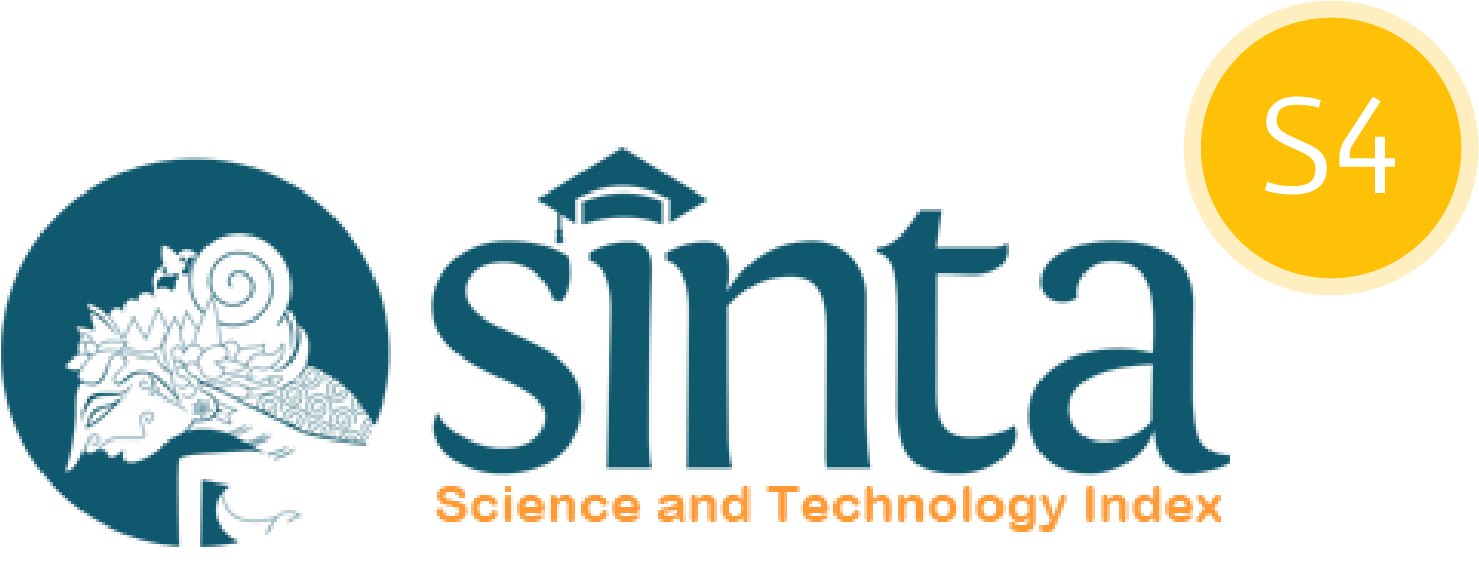Utilization of Interactive Learning Media to Improve the Science Learning Outcomes of Students at State Junior High School 1 Huamual Belakang
DOI:
10.29303/ujcs.v6i2.990Published:
2025-06-24Issue:
Vol. 6 No. 2 (2025): JuneKeywords:
Riverbank, Flood Control, Regulations, Conservation, EnvironmentalArticles
Downloads
How to Cite
Downloads
Metrics
Abstract
Improving the quality of learning is one of the main focuses in the field of education. One factor that plays a role in enhancing students' understanding is the use of interactive learning media. This media allows students to be more active in the learning process, especially in understanding abstract concepts. However, based on interviews with teachers at State Junior High School 1 Huamual Belakang, it was found that the utilization of interactive learning media at that school is still very minimal. Therefore, this Community Service Program (PKM) aims to train teachers in using PhET, Prezi, Seesaw, and Renderforest applications as interactive learning media that can improve student learning outcomes. The method used in this activity is direct instruction, which includes material presentation, demonstrations of application usage, simulations, and discussion and Q&A sessions. The evaluation was conducted through a questionnaire filled out by teachers and students after the training. The analysis results from the questionnaire indicate that the use of interactive learning media received positive feedback from both teachers and students. Teachers felt more assisted in delivering the material, while students found it easier to understand abstract concepts. Thus, this activity has a positive impact on enhancing teachers' skills in utilizing learning technology and helps students understand the material more effectively. This program is expected to be implemented sustainably in other schools to improve the quality of education.
References
Al Husaeni, D. F., Budisantoso, E. N. Q., Urwah, M. A., Azizah, N. N., Dinata, P. Z., Apriliany, S., & Siregar, H. (2022). The Effect of Using Web-Based Interactive Learning Media for Vocational High School Students to Understanding of Looping: Qualitative Approach. Journal of Science Learning, 5(1), 115–126. https://doi.org/10.17509/jsl.v5i1.35534
Aruan, L., Sari, R., & Bengar Harahap, A. (2020). Using Prezi Online Software to Improve Teaching Listening Skill. International Journal of Education and Literacy Studies, 8(1), 104. https://doi.org/10.7575/aiac.ijels.v.8n.1p.104
Chou, P. N., Chang, C. C., & Lu, P. F. (2015). Prezi versus PowerPoint: The effects of varied digital presentation tools on students’ learning performance. Computers and Education, 91, 73–82. https://doi.org/10.1016/j.compedu.2015.10.020
Correia, A. P., Koehler, N., Thompson, A., & Phye, G. (2019). The application of PhET simulation to teach gas behavior on the submicroscopic level: secondary school students’ perceptions. Research in Science and Technological Education, 37(2), 193–217. https://doi.org/10.1080/02635143.2018.1487834
Hamada, M., & Hassan, M. (2017). An interactive learning environment for information and communication theory. Eurasia Journal of Mathematics, Science and Technology Education, 13(1), 35–59. https://doi.org/10.12973/eurasia.2017.00603a
Ismawati, Desak Putu Parmiti, & I Gde Wawan Sudatha. (2023). Interactive Learning Media in Fifth-Grade Indonesian Elementary School Subjects. International Journal of Elementary Education, 7(1), 143–153. https://doi.org/10.23887/ijee.v7i1.57911
Nazlidou, I., Efkolidis, N., Kakoulis, K., & Kyratsis, P. (2024). Innovative and Interactive Technologies in Creative Product Design Education: A Review. Multimodal Technologies and Interaction, 8(12), 1–47. https://doi.org/10.3390/mti8120107
Ndihokubwayo, K., Uwamahoro, J., & Ndayambaje, I. (2020). Effectiveness of PhET Simulations and YouTube Videos to Improve the Learning of Optics in Rwandan Secondary Schools. African Journal of Research in Mathematics, Science and Technology Education, 24(2), 253–265. https://doi.org/10.1080/18117295.2020.1818042
Ningsih, A. G., Indriyani, V., & Rachman, A. (2023). Student Perceptions of Using Prezi Media in General Indonesian Courses. AL-ISHLAH: Jurnal Pendidikan, 15(2), 2498–2506. https://doi.org/10.35445/alishlah.v15i2.3719
Nur Aeni, A., Nur Nofriani, A., Ayuni Fauziah, I., & Ahmad Fauzi, I. (2022). Pemanfaatan Media Animasi Berbasis Aplikasi Renderforest Dalam Membentuk Kepribadian Islami Bagi Siswa Sekolah Dasar Kelas 4. Jurnal Pendidikan Dan Teknologi Indonesia, 2(6), 279–287. https://doi.org/10.52436/1.jpti.183
Perkins, K. (2020). Transforming {STEM} Learning at Scale: {PhET} Interactive Simulations. Childhood Education, 96(4), 42–49. https://doi.org/10.1080/00094056.2020.1796451
Pranata, O. D. (2024). Physics education technology (PhET) as a game-based learning tool: A quasi-experimental study. Pedagogical Research, 9(4), 1–11. https://doi.org/10.29333/pr/15154
Ramadhani, L. M., & Oktaviarini, N. (2024). Pengembangan Video Animasi Berbantuan Media Renderforest Materi Pernapasan IPAS Kelas V SDN I Wonorejo. Journal on Education, 7(1), 3829–3840. https://doi.org/10.31004/joe.v7i1.6975
Rogti, M. (2024). The Effect of Mobile-based Interactive Multimedia on Thinking Engagement and Cooperation. International Journal of Instruction, 17(1), 673–696. https://doi.org/10.29333/iji.2024.17135a
Rou, L. Y., & Yunus, M. M. (2020). The Use of Seesaw in Increasing Pupils’ Reading Interest. Universal Journal of Educational Research, 8(6), 2391–2396. https://doi.org/10.13189/ujer.2020.080623
Sari, I. P., & Fathoni, A. (2022). Problem Based Learning Model Assisted by Renderforest Video Animation on Mathematics Learning Outcomes. International Journal of Elementary Education, 6(3), 648–656. https://doi.org/10.23887/ijee.v6i4.56304
Sari, R. W., Khaerudin, K., & Kusumawardani, D. (2022). Mixed Training Program: Helping Seesaw to Develop Blended Learning at the Community Learning Center. Journal of Education Research and Evaluation, 6(1), 108–117. https://doi.org/10.23887/jere.v6i1.38800
Tengku, T. R. S., Nurilam Harianja, Isda Pramuniati, & Mahriyuni. (2024). Render Forest Application to Improve A1 Level Reading Comprehension for French Department Students. Journal of Education Research and Evaluation, 8(1), 137–142. https://doi.org/10.23887/jere.v8i1.71307
Wattimena, H. S., & Batlolona, J. R. (2024). A Stone Can Bounce on the Surface of Water : A Conceptual Physics Analysis Study of Students. Journal of Science and Science Education, 5(2), 80–87. https://doi.org/10.29303/jossed.v5i1.9564
Zawacki-Richter, O., Marín, V. I., Bond, M., & Gouverneur, F. (2019). Systematic review of research on artificial intelligence applications in higher education – where are the educators? International Journal of Educational Technology in Higher Education, 16(1), 1–27. https://doi.org/10.1186/s41239-019-0171-0
Author Biographies
Sally E. Untajana, Universitas Pattimura
Ashari Bayu Prasada Dulhasyim, Universitas Pattimura
Fryan Sopacua, Universitas Pattimura
Venty Sopacua, Universitas Pattimura
License
Copyright (c) 2025 Sally E. Untajana, Ashari Bayu Prasada Dulhasyim, Fryan Sopacua, Venty Sopacua

This work is licensed under a Creative Commons Attribution 4.0 International License.
You are free to:
- Share — copy and redistribute the material in any medium or format for any purpose, even commercially.
- Adapt — remix, transform, and build upon the material for any purpose, even commercially.
The licensor cannot revoke these freedoms as long as you follow the license terms.
Under the following terms:
- Attribution — You must give appropriate credit, provide a link to the license, and indicate if changes were made. You may do so in any reasonable manner, but not in any way that suggests the licensor endorses you or your use.
- No additional restrictions — You may not apply legal terms or technological measures that legally restrict others from doing anything the license permits.
Notices:
You do not have to comply with the license for elements of the material in the public domain or where your use is permitted by an applicable exception or limitation.
No warranties are given. The license may not give you all of the permissions necessary for your intended use. For example, other rights such as publicity, privacy, or moral rights may limit how you use the material.




